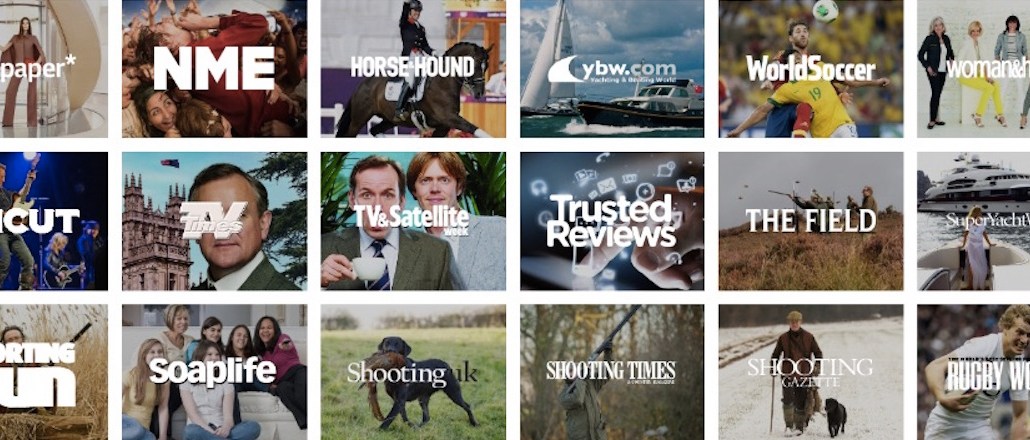
With print advertising on the wane, big publishing houses are looking to be as efficient as possible. That’s the situation Time Inc. finds itself in. The No. 1 U.S. magazine publisher is creating 10 digital desks that will help it grow audience faster by pooling its editorial resources.
The new structure, announced December 1, calls for pooling individual titles’ resources in topic areas already covered by multiple brands, including food, celebrity, entertainment, health and home. According to a memo from chief content officer Alan Murray, each will be led by an editor whose job will be to grow overall audience for their topics by coordinating coverage that can work across brands, whether it’s around a recurring event like Thanksgiving or news like changes in national health care policy.
Edward Felsenthal will oversee the News, Technology, Food, Health, Home and Travel desk editorial leads. Will Lee will oversee the Beauty & Style, Celebrity, Entertainment and Sports leads.
It’s a sign of the times at legacy publishing companies; bowing to the same realities, Hearst formed a centralized digital news team to supply its 18 glossy magazines like Cosmopolitan and Good Housekeeping with content that can run across multiple titles. USA Today has a national news desk. The walls are even coming down at the famously siloed Condé Nast, where staffers expect certain editorial functions to be combined across its glossies.
As with the others, the challenge for a multi-title company like Time Inc., which has slashed hundreds of jobs over the past several years, is to be more efficient without watering down the individuality of titles as diverse as People, Sports Illustrated and Fortune. (The 10 desk leaders will still be expected to their existing jobs, so they’ll have double duty.) That’s why Time Inc. insists this isn’t a move toward centralization.
“This is not a centralized editorial operation,” said Felsenthal, who is group digital director at Time Inc. “This is a structure that’s designed to build on what’s amazing about each of them.”
To that end, Time Inc. is tapping people (the company hasn’t said how many) from the brands to contribute content to the desks, but they’ll stay in their current jobs and physical location and use Slack to coordinate coverage. There’s a practical reason for that — Time Inc.’s staffs are spread out over multiple floors and even cities — but it’s also to maintain the culture of the individual titles. “You want to keep people in the brands,” Felsenthal said.
Creating cross-brand desks can sound like a step to reducing duplication of stories. Felsenthal said Time Inc. hasn’t set a numerical target for sharing stories across titles (as opposed to Hearst, which had a goal of having 20 percent of a title’s content coming from another title), and that there’s still reason to have multiple stories about the same topic. Each title can bring a different angle on the same story, and can help leverage Time Inc.’s big reach in search to reach the widest possible audience, he said.
In addition to the desk leads, Time Inc. also named two senior editors to lead two new cross-brand efforts. Lori Leibovich will become digital director of Women’s Content, working with editors at the company on ways to grow its professional and millennial women audience. As director of e-commerce content, Deborah Caldwell will look for ways to drive readers to shop online, which the company has called a major initiative for 2017.
The shift comes as the publishing company reported a 3 percent decline year-over-year in third-quarter revenue, reflecting declines in print advertising and circulation revenues. The company has already taken steps to pool its resources more, creating a quasi-platform approach to recirculate its content across titles.
More in Media

Media Briefing: Step by step, publishers are building toward an agent-led ad business
Agentic AI-driven media trading could wipe out a lot of the problems caused by its programmatic predecessor. Namely, ad tech middlemen.

In Graphic Detail: How AI search is changing publisher visibility
AI platforms like ChatGPT and Google AI Mode are driving more search activity. Some publishers are gaining visibility — but not traffic.

AI royalties for small and midsize publishers: collective licensing’s next big play
Don’t credit OpenAI’s ChatGPT, credit corporate LLMs – enterprise RAG is what’s creating royalty revenue for publishers.








